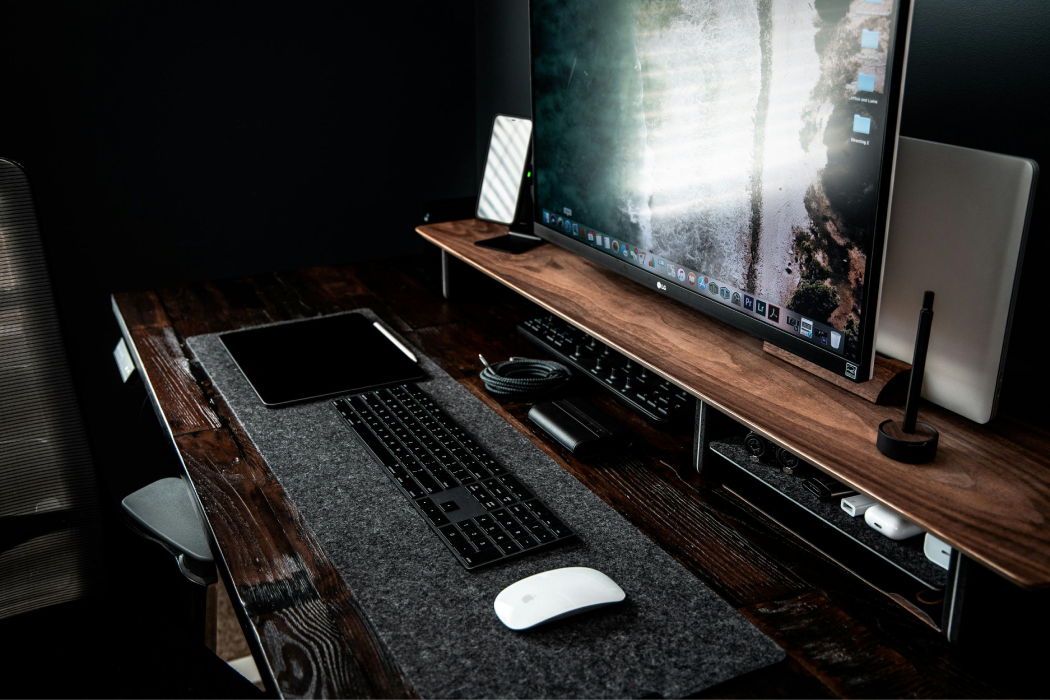
The Essentials of Modern Web Design: Trends and Best Practices
In the ever-evolving world of web design, staying ahead of trends and adhering to best practices is essential for creating engaging and effective websites. As we navigate through 2024, here’s a guide to the essentials of modern web design that will help you craft visually appealing and user-friendly websites.
1. Embrace Minimalism
Clean Layouts: Adopt minimalist design principles to create clean, uncluttered layouts that enhance user experience. Focus on essential elements and remove unnecessary distractions.
Whitespace: Utilize whitespace effectively to improve readability and highlight key content. Proper spacing between elements can make your design look more polished and professional.
2. Prioritize Mobile-First Design
Responsive Design: Ensure your website is responsive and looks great on all devices, from smartphones to desktops. Use responsive frameworks and flexible grids to adapt to different screen sizes.
Touch-Friendly Elements: Design with mobile users in mind, incorporating touch-friendly elements such as larger buttons and easy-to-navigate menus.
3. Implement User-Centered Design
User Personas: Create user personas to understand your target audience’s needs and preferences. Design your website to cater to these personas and enhance their experience.
Usability Testing: Conduct usability testing to gather feedback and identify areas for improvement. Testing with real users helps ensure your website meets their expectations and provides a seamless experience.
4. Focus on Speed and Performance
Optimized Images: Compress and optimize images to reduce loading times without compromising quality. Use modern image formats like WebP for better performance.
Performance Tools: Utilize tools like Google PageSpeed Insights and GTmetrix to analyze and improve your website’s performance. Address issues such as slow server response times and render-blocking resources.
5. Enhance Accessibility
Inclusive Design: Design your website to be accessible to all users, including those with disabilities. Follow accessibility guidelines such as WCAG (Web Content Accessibility Guidelines) to ensure your site is usable by everyone.
Keyboard Navigation: Ensure that your website can be navigated using a keyboard. This is crucial for users with mobility impairments who may rely on keyboard shortcuts.
6. Leverage Typography and Color Theory
Consistent Typography: Choose a clear and readable typeface. Maintain consistency in font sizes, weights, and styles to create a cohesive visual hierarchy.
Effective Color Schemes: Use color theory to create visually appealing color schemes that enhance readability and evoke the right emotions. Ensure sufficient contrast between text and background for better accessibility.
